Red Zircon: Gemstone and Jewelry
Red zircon is a beautiful gemstone that is widely used in jewelry-making due to its bright red color. This gemstone is also known as 'hyacinth' and is a popular choice for those looking for an affordable yet stunning gemstone. Red zircon is a natural gemstone belonging to the zircon family of minerals and has some unique qualities that make it a popular option for people from all over the world. Red zircon is a transparent mineral with a high refractive index. Its fire and sparkle are similar to those of diamonds, making it an excellent alternative to expensive diamonds. In this article, we will learn more about the red zircon gemstone, its unique properties, and the various uses of red zircon stone in jewelry making.

Properties of Red Zircon:
The red zircon gemstone is made of zirconium silicate, which is a mineral that is mainly found in igneous rocks and sediments. Its hardness range is 6.5 to 7.5 on the Mohs scale, making it a durable and long-lasting gemstone. It is also a natural gemstone, which means it is not treated or enhanced in any way, making it highly desirable as a precious gemstone. Unlike other gemstones, the red zircon's color is not caused by impurities. Instead, it is due to the presence of divalent cations in its crystal structure that absorb light in the violet, blue, and green regions of the spectrum.
The red zircon gemstone's color ranges from bright orange-red to deep blood-red and is highly sought after by collectors and gemstone enthusiasts. The red zircon gemstone has a high refractive index and excellent dispersion properties, which give it a high level of brilliance and fire. When light enters the gemstone, it refracts and bends at different angles within the gem, splitting it into a spectrum of colors that create the rainbow effect.
The red zircon gemstone has a high specific gravity, which makes it more valuable than other gemstones. It has a density of 4.6-4.7 grams per cubic centimeter, which is higher than most other gemstones, including diamonds. The red zircon's high specific gravity gives it excellent durability and makes it a popular choice for use in jewelry.

Uses of Red Zircons:
The red zircon is a versatile gemstone that can be used in various types of jewelry, including rings, earrings, bracelets, and necklaces. The gemstone's bright color makes it an excellent choice for statement pieces and adds a touch of elegance to any outfit. One of the most common uses of red zircon in jewelry is as a center stone for rings. The gemstone's deep red hue makes it a popular choice for engagement rings, and it adds a stunning and unique twist to traditional engagement ring styles.
Red zircon stones are also used in earrings, where they work incredibly well as statement pieces. The gemstone's brilliant sparkle and fire make it stand out, drawing attention to the wearer's face and adding a touch of elegance to any occasion. When incorporated into a necklace or bracelet, the red zircon creates a stylish and sophisticated look that is perfect for special occasions and more formal events. Red zircons are often used as accents for other gemstones, such as diamonds or white sapphires, to create a stunning layered look.
Red zircons also pair well with other colored stones like emeralds, sapphires, and rubies. Red zircons can also be used in men's jewelry, such as cufflinks and tie pins. The gemstone's understated yet elegant look makes it a perfect choice for men's accessories and adds a touch of sophistication to any outfit.

Red Zircon in History and Culture:
The red zircon gemstone has been used in jewelry for centuries and has a rich history that spans across different cultures and continents. The ancient Greeks and Romans believed that the red zircon had healing properties and could help cure diseases. It was also believed to promote wisdom, strength, and prosperity. The red zircon was also widely used in Medieval Europe, where it was known as 'jacinth' or 'hyacinth.' It was popular during this time for its deep red color and was believed to be a symbol of love and passion.
The gemstone was often used in crowns and other royal jewelry, and it was also believed that it had the power to protect its wearer from harm. In Hindu mythology, the red zircon was known as 'hyacinth' or 'jacinth' and was associated with the sun god, Surya. It was believed that the gemstone had the power to provide its wearer with courage, hope, and wisdom. Ancient Hindu texts mention the red zircon as a gemstone that was used by kings and queens to adorn their crowns and other royal accessories.

Famous Red Zircon Jewelry Pieces:
Queen Victoria's Sapphire Coronet is one of the most famous jewelry pieces that feature a red zircon gemstone. The coronet was designed by Prince Albert and was gifted to Queen Victoria in 1840 as a wedding present. The coronet is made of gold, diamonds, and multiple colored gemstones, including a red zircon in the center of the tiara's design. The coronet was later passed down to Queen Mary, who donated it to the Museum of London in 1922.
Another famous jewelry piece that features a red zircon is the Baden-Baden Ruby Tiara. The tiara was made in the late 19th century and is currently owned by the Swedish royal family. The tiara features red zircon gemstones that weigh over 500 carats and is set in silver and gold.

Red zircon is an exquisite gemstone that has been valued for centuries for its deep red color and unique qualities. The gemstone's high refractive index, excellent dispersion properties, and durability make it a highly sought-after gemstone that is used in various types of jewelry. Whether used as a center stone in an engagement ring or as an accent piece in a necklace or bracelet, red zircon adds a touch of elegance and sophistication to any outfit. Its rich history and cultural associations only add to its allure, making it a precious gemstone that will continue to be cherished for generations to come.




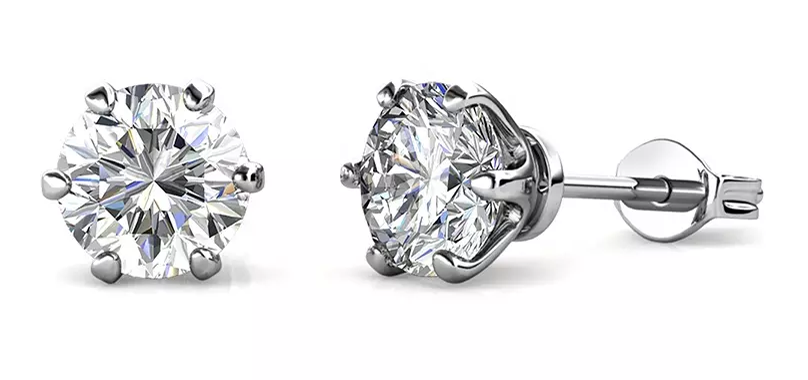
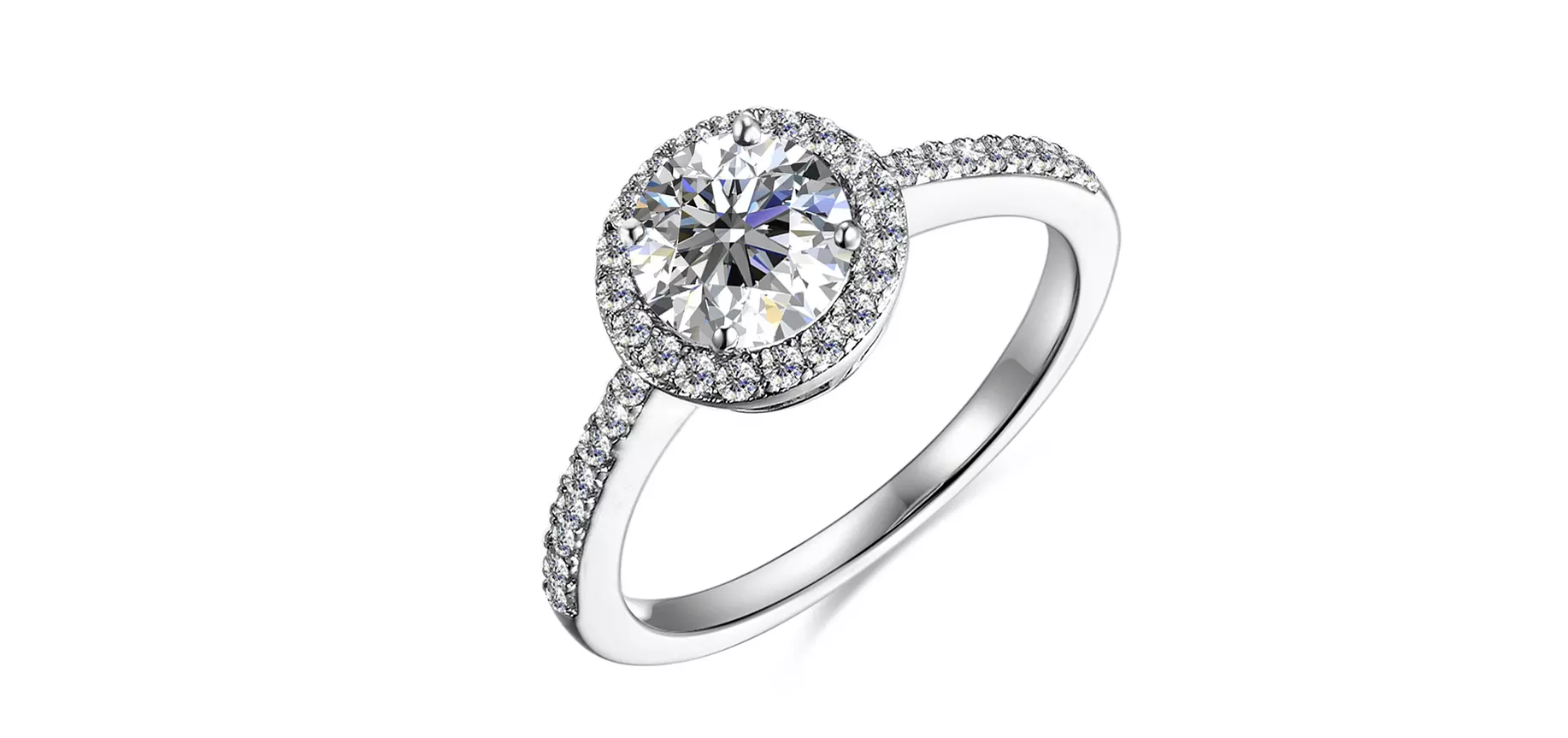
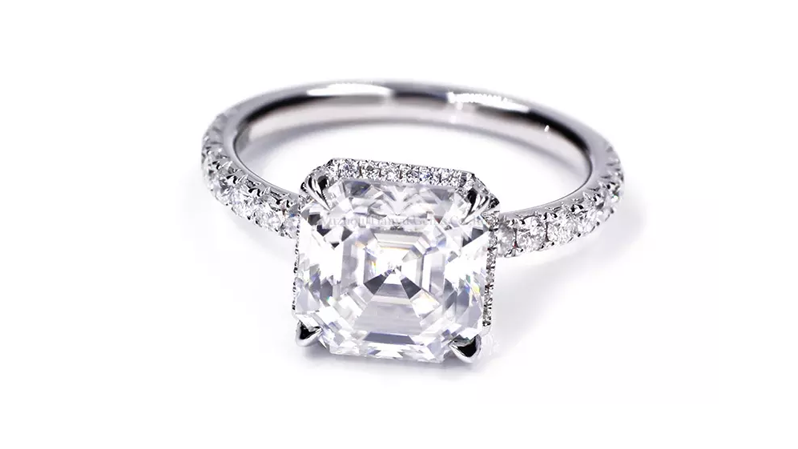
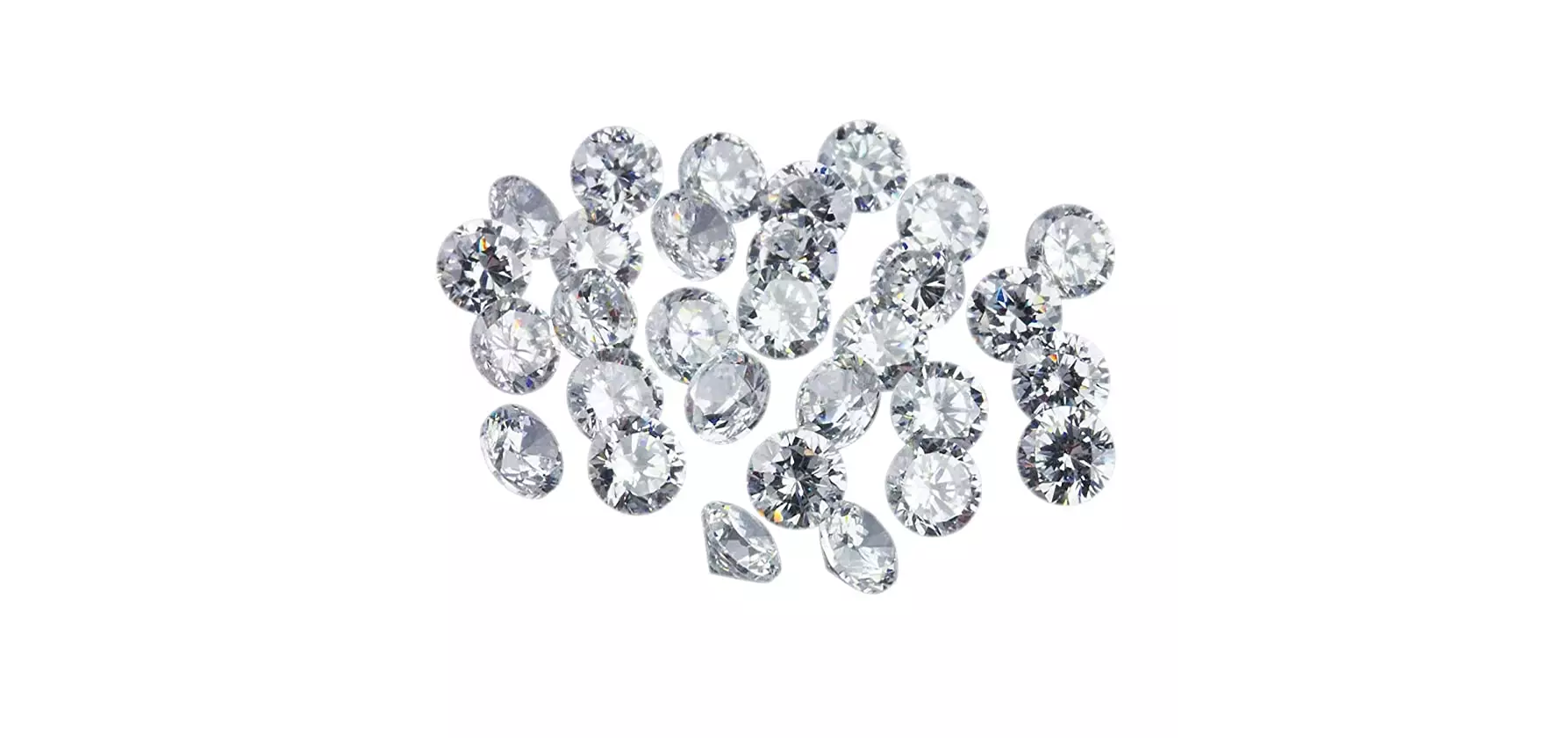
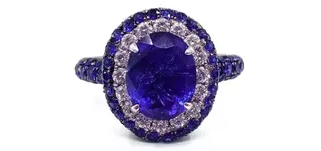
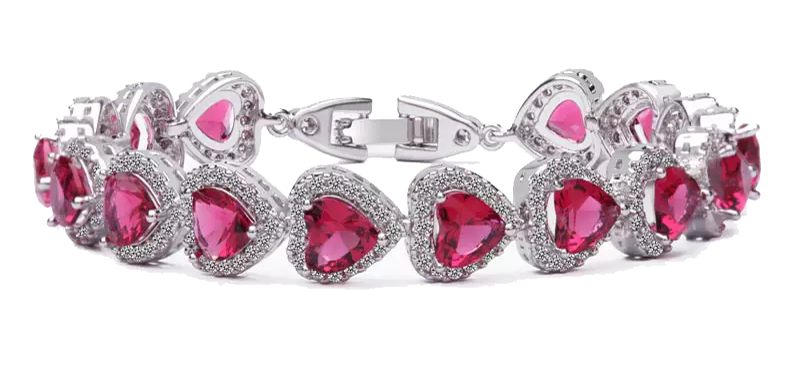
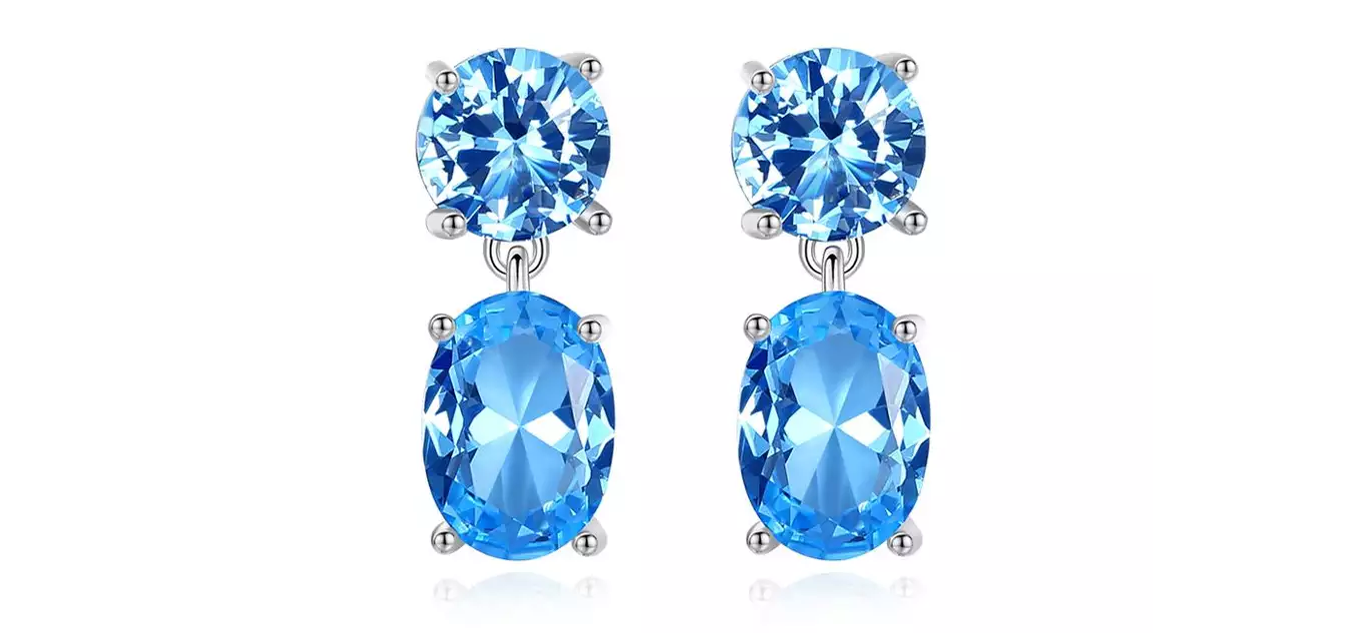
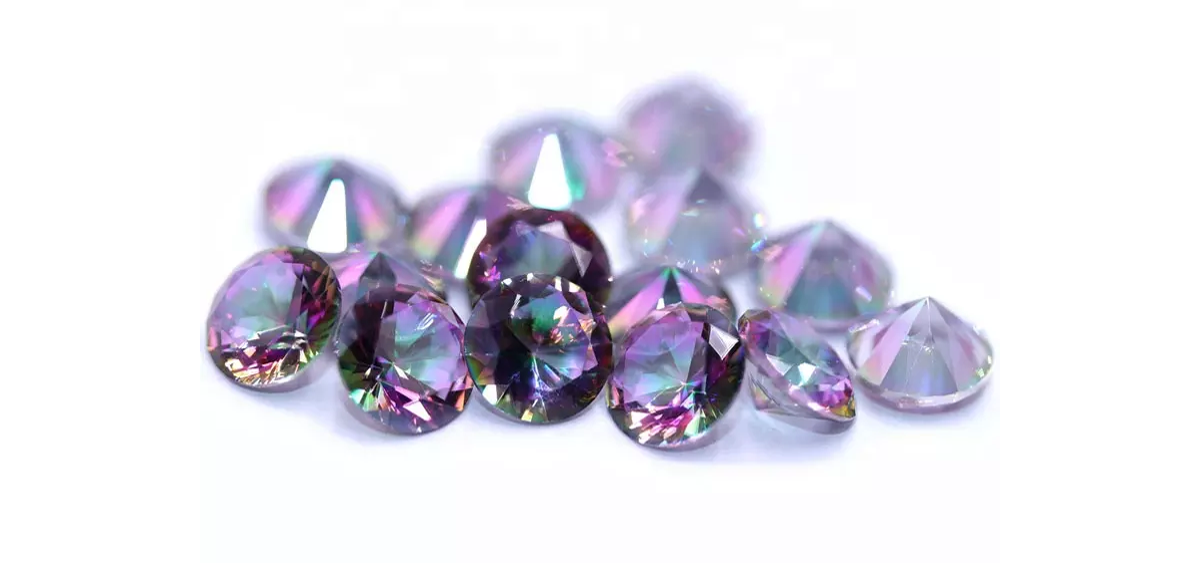
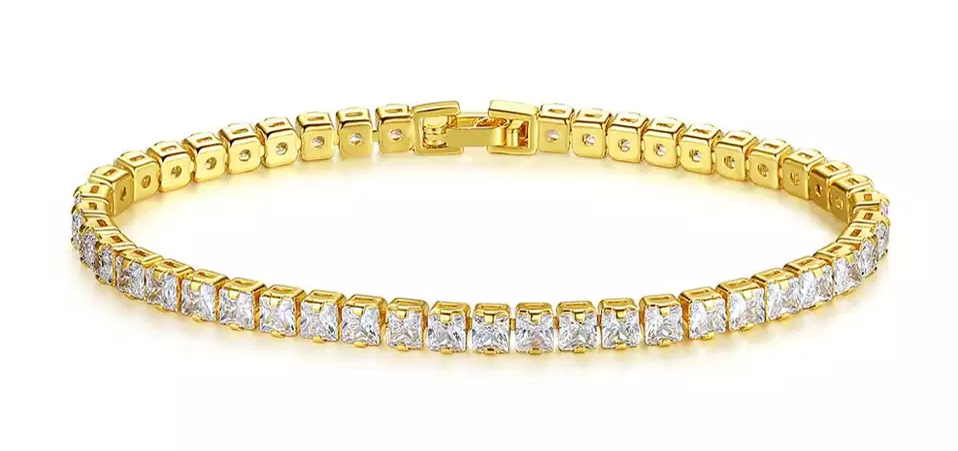
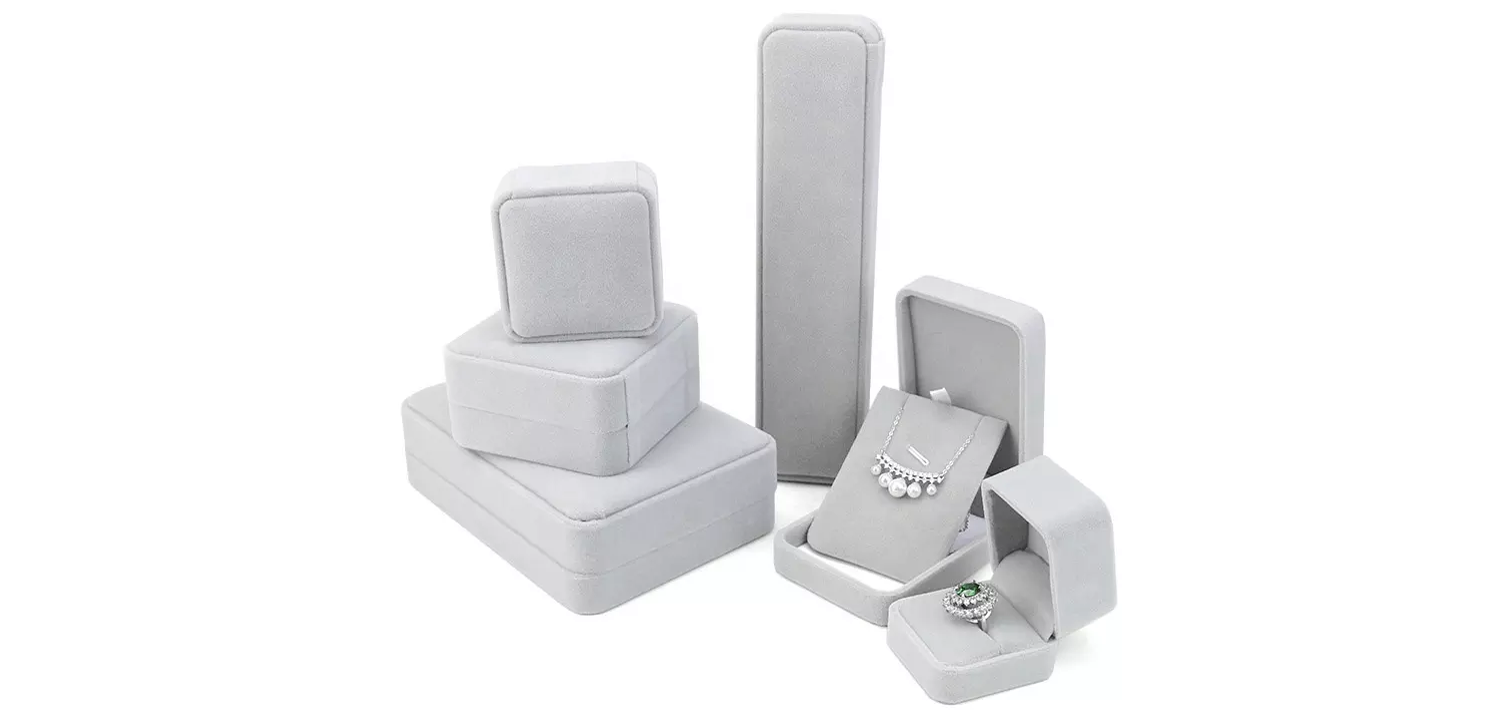
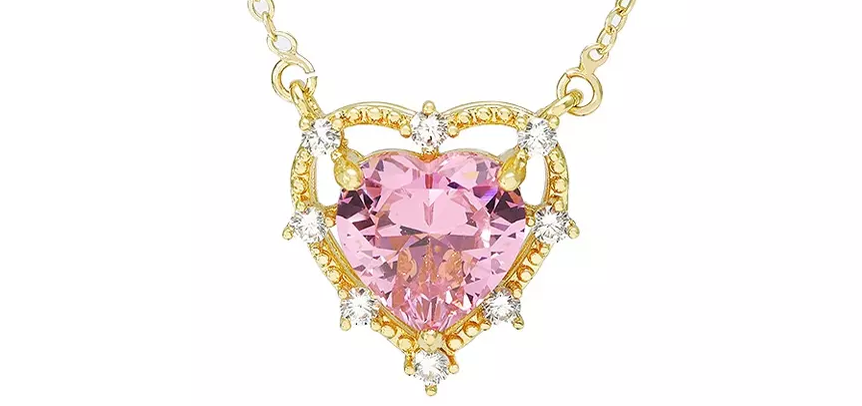
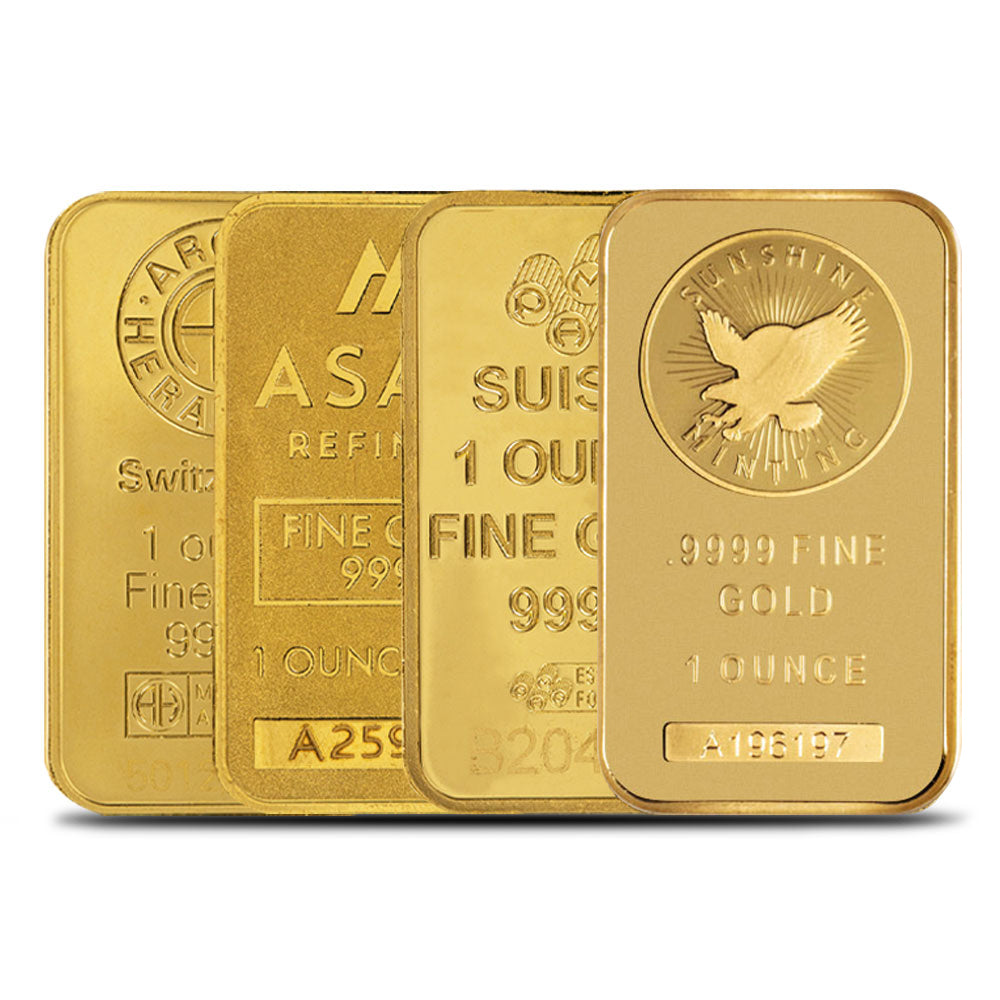
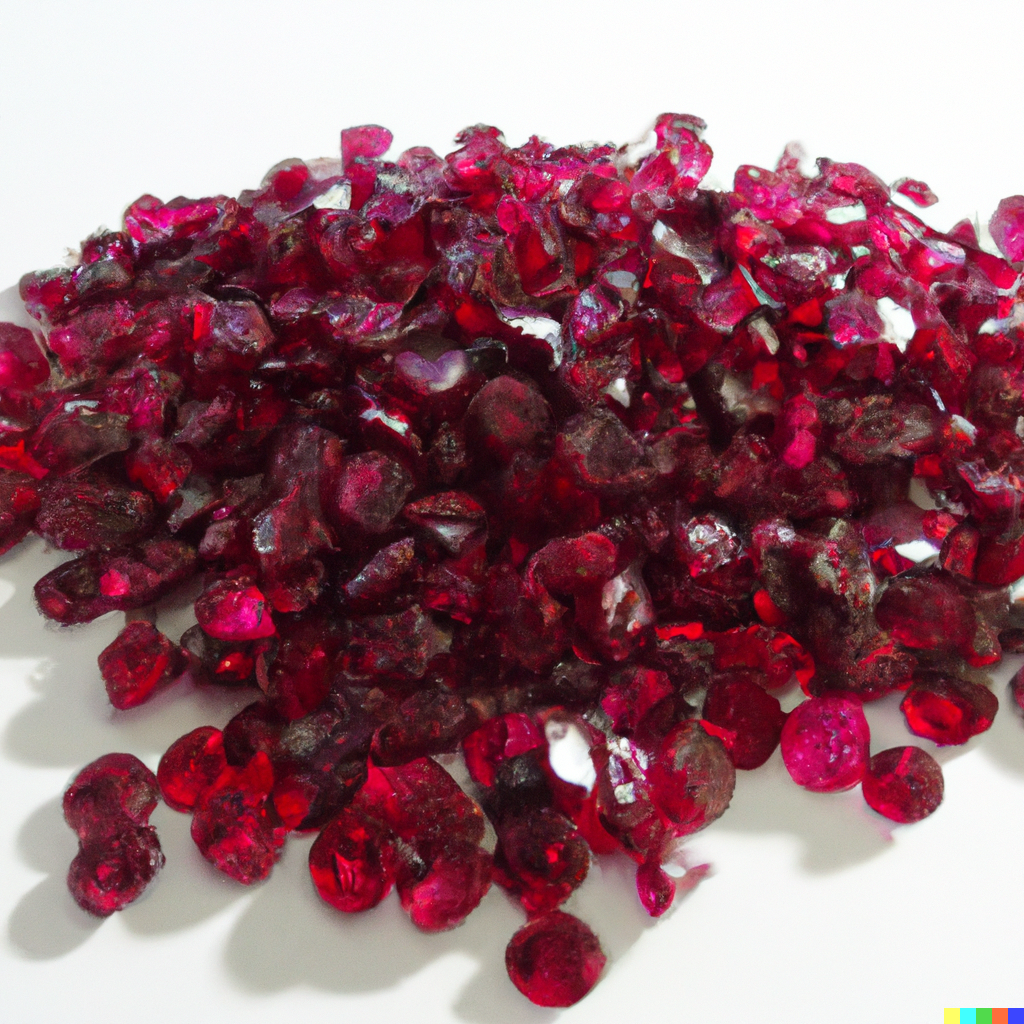
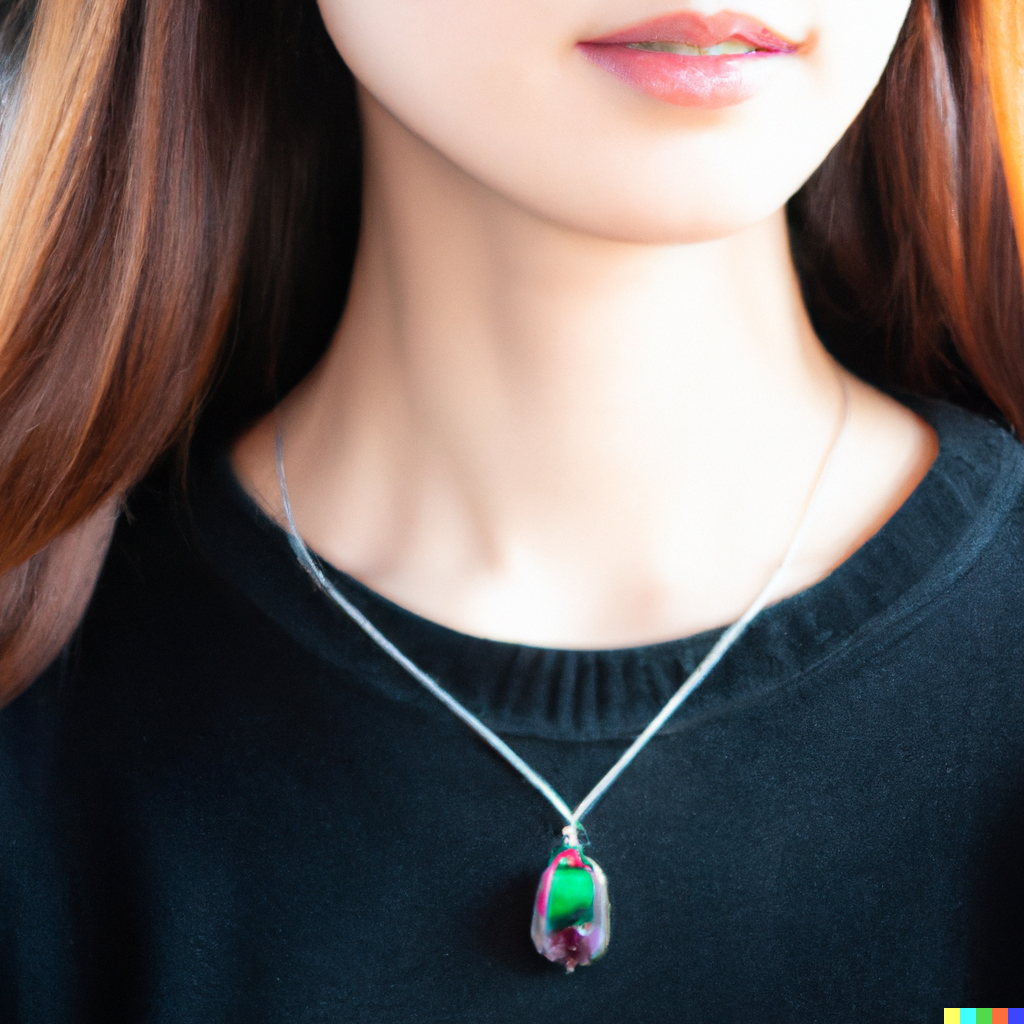
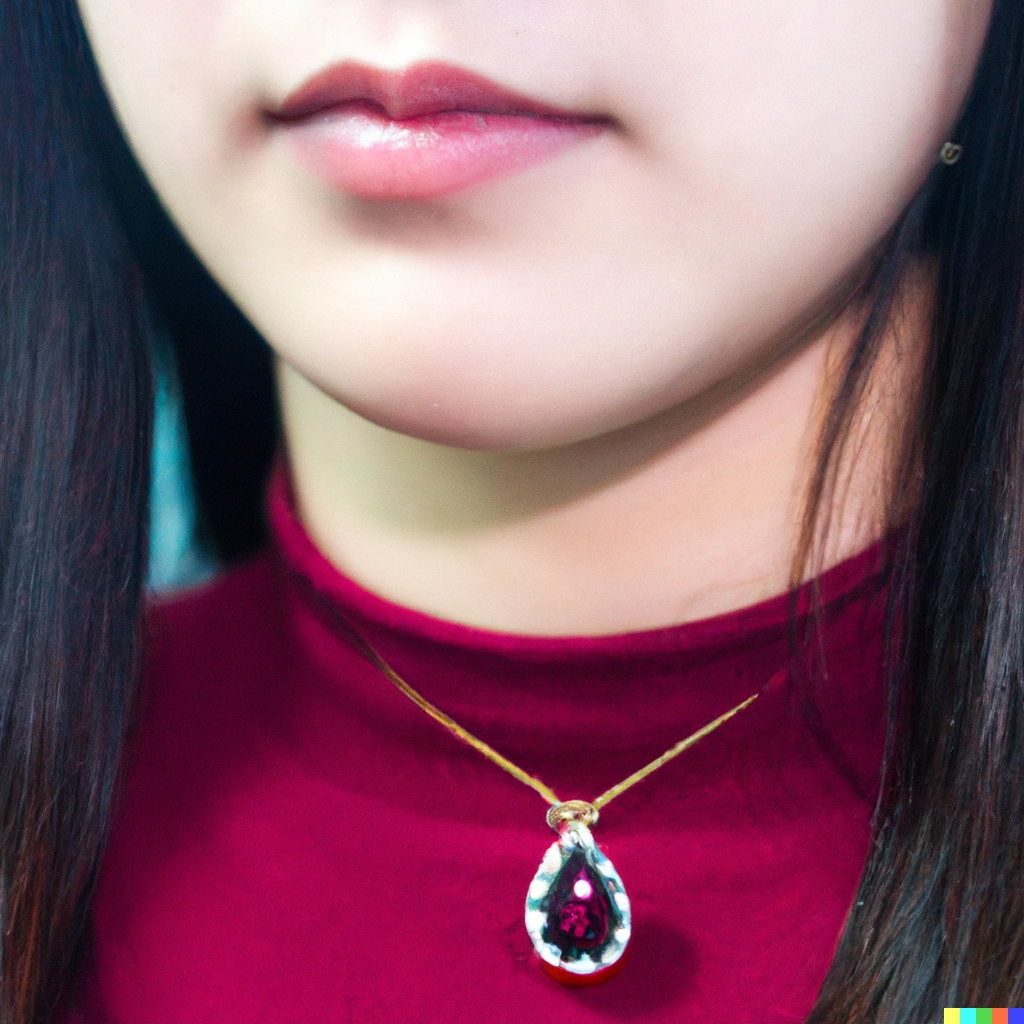
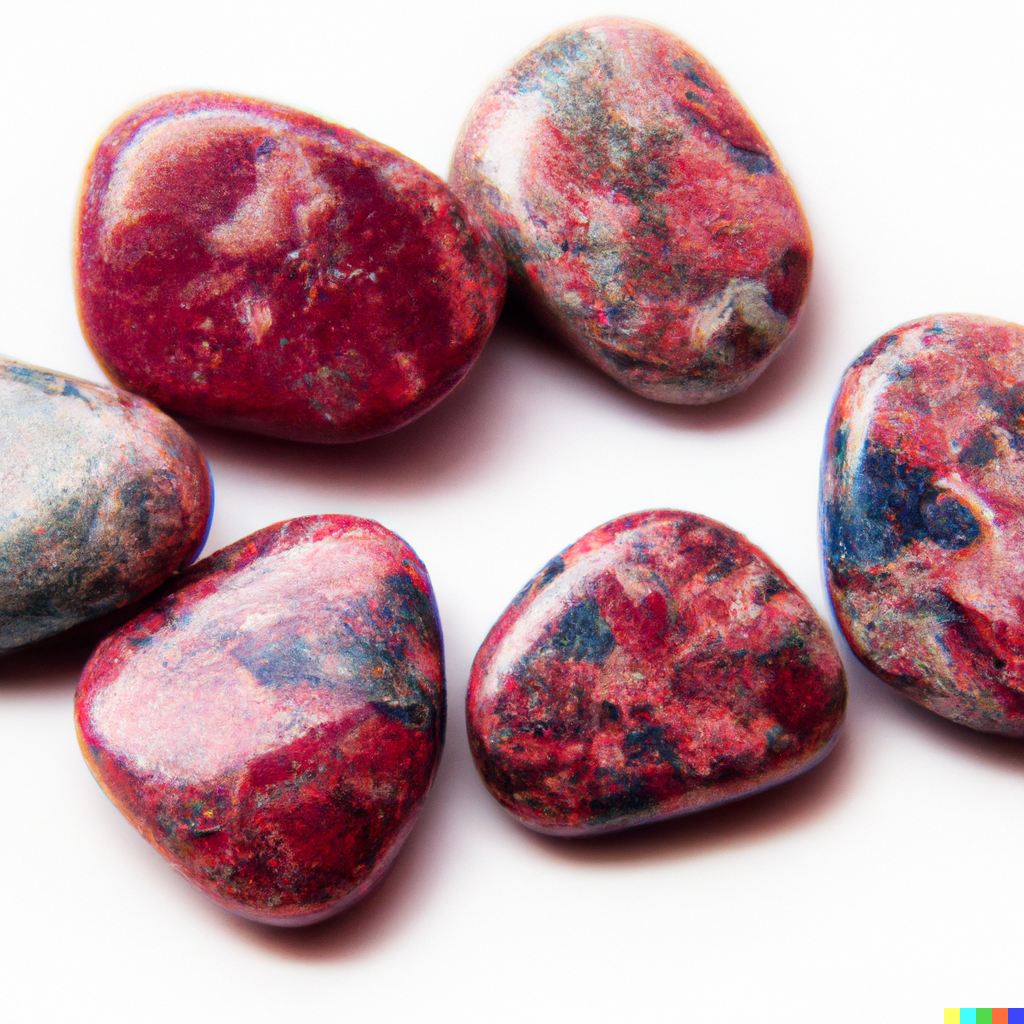
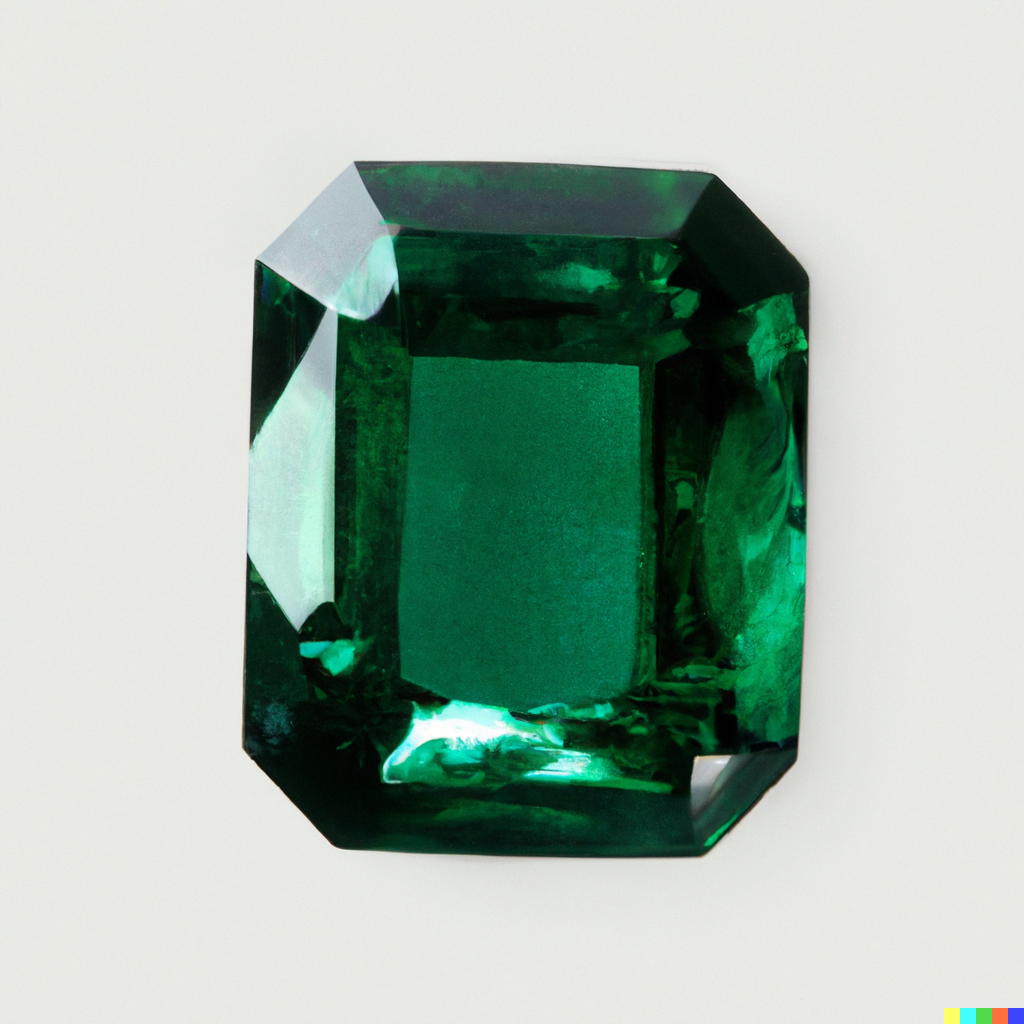
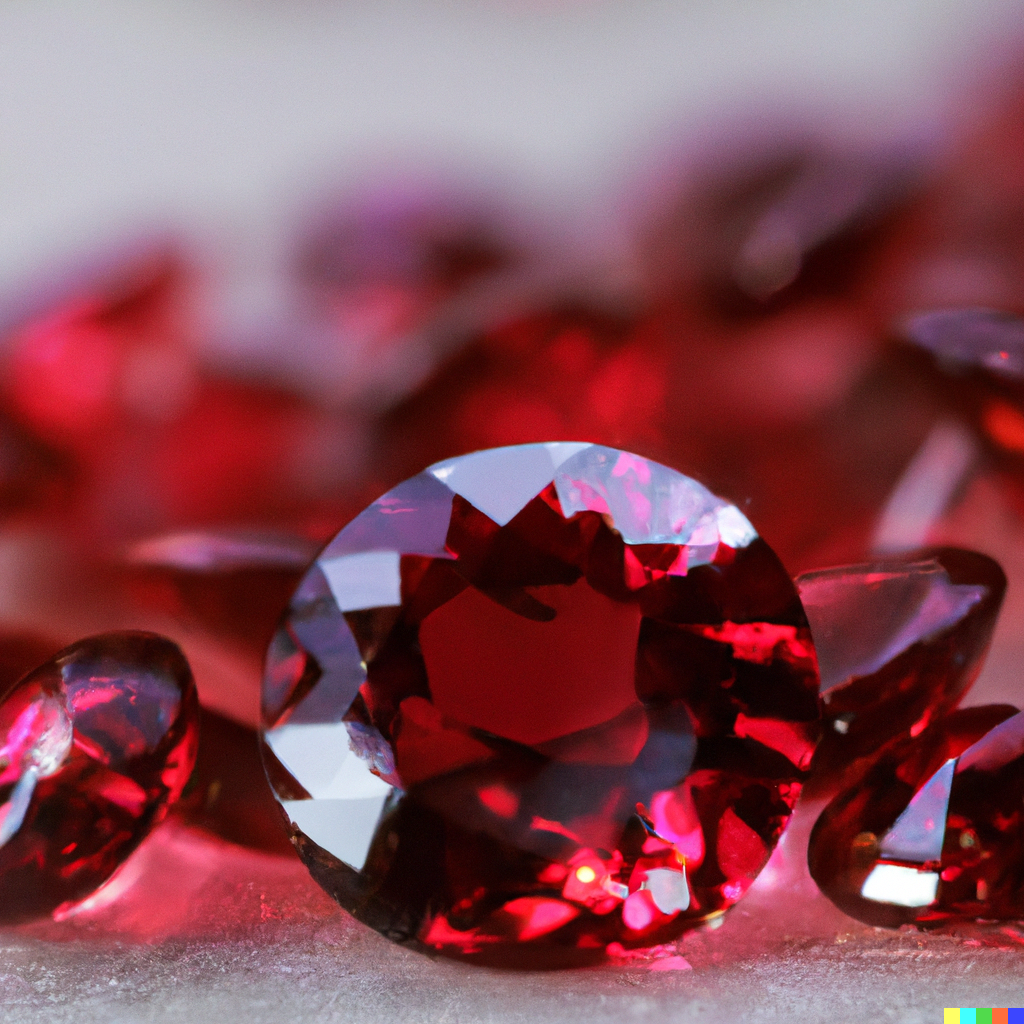
Leave a comment